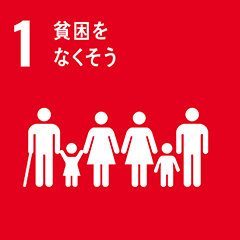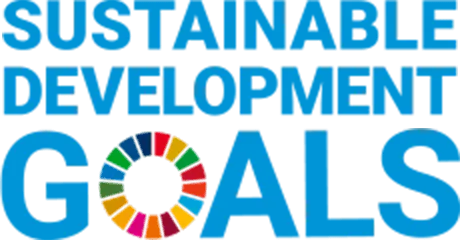Inochi Declaration
Let us create, together, a safety net for children and young people in entertainment districts, so that every young person can have hope for their own future.
Japan’s GDP per capita is approximately USD 33,138*1, yet one in seven children under the age of 17 lives on less than USD 8,500 per year*2. Nationwide, an estimated 295,000 junior high and high school students are not attending school*3, more than 46,000 students drop out of high school each year*4, and the number of young people aged 15–34 not in education, employment, or training (NEET) is estimated at around 900,000*5.
The circumstances facing teenagers vary widely. Some are in economically difficult situations; some cannot feel safe at home or at school; others live with developmental or learning disabilities. Many experience overlapping hardships.
Even when they appear grown-up, they remain underage and have limited options; losing connections with people they can trust makes it harder for them to access the social safety net. In severe cases, they may become involved with dangerous adults and be drawn into harmful incidents. Poverty not only deprives children and young people of access to education and cultural experiences but also reduces their chances of finding places and communities where they feel they belong. Past experiences—such as bullying, interpersonal conflicts, violence or abuse at home, and neglect—can become psychological barriers, prompting them to avoid human contact and deepening their isolation.
To address child and youth poverty in Japan, the Certified Nonprofit Organization D×P has been supporting children and young people—many of whom have run away from home or suffered abuse—who gather in Osaka Minami, beneath the famous Glico sign in an area locally known as “Gurishita” (under the Glico sign). Just a four-minute walk from Gurishita, D×P has rented a space to establish a Night Youth Center. Funded by private donations amounting to about JPY 60 million annually, it has become a hub for supporting children and young people in Gurishita.
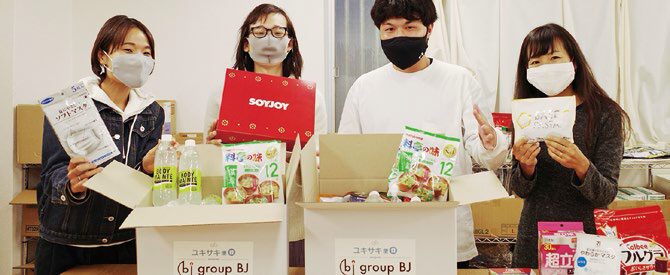
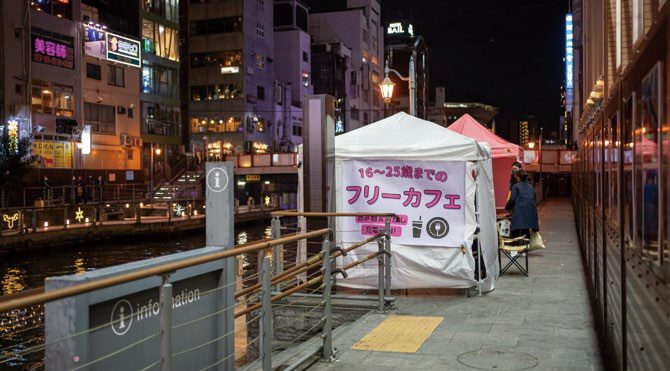
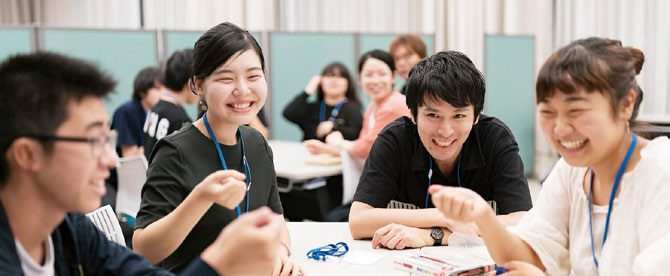
Food aid boxes and support in Osaka’s Minami district
Prompted by D×P’s work, Osaka Prefecture and Osaka City visited Gurishita and established a coordinating body called the “Gurishita Conference.” D×P has also signed an agreement with Osaka City to conduct surveys, which revealed that 20–30% of those in the area lack stable housing. In response, Osaka City began moving toward providing housing assistance, working in partnership with NPOs. Currently, D×P opens the Night Youth Center twice a week, serving about 4,000 visitors annually. On other days, the organization provides in-person support, such as helping young people find hospitals or housing, and works daily to ensure they have the basics of food, clothing, and shelter.
Looking ahead, D×P will expand online counseling staff and strengthen training systems, creating an environment where young people across Japan can safely seek help. It will also build regional support hubs in collaboration with local governments, schools, businesses, and NPOs. Furthermore, it will expand vocational experiences and internships tailored to young people’s interests and aptitudes, strengthen job-matching with companies, and increase employment opportunities. D×P will also promote outreach via social media, schools, and communities to connect with young people before isolation becomes severe, share their voices and realities with society to eliminate prejudice and misunderstanding, and broaden the circle of support.
In view of the challenges that may persist in 2050, advances in AI could enable various forms of support. Yet even in that era, many children and young people may still fall through the gaps of public assistance and institutional frameworks. Entertainment districts are likely to continue attracting people and offering, for some, a sense of belonging—meaning that many children and young people may still gather there.
To prepare for this possibility, the Inochi Forum will work together with organizations including D×P to establish not only public safety nets but also robust private ones, forming support hubs across Japan where young people—regardless of the environment in which they were raised—can find the connections and bonds they need to build stable lives.
[Notes]
*1 International Monetary Fund (IMF), World Economic Outlook Database, 2024.
*2 The Nippon Foundation, Ending Child Poverty, 2023.
*3 Ministry of Education, Culture, Sports, Science and Technology (MEXT), Survey on Problematic Behavior and School Non-Attendance, 2022.
*4 According to MEXT’s School Basic Survey (2023, Final Data), the number of high school dropouts in 2023 was 45,813, with a dropout rate of 1.5%.
*5 Cabinet Office, Government of Japan, White Paper on Children and Young People, 2023.
[References]
・Certified Nonprofit Organization D×P
https://www.dreampossibility.com/
[ActionPlatform]
Peace and Human Rights
[SDGs]
